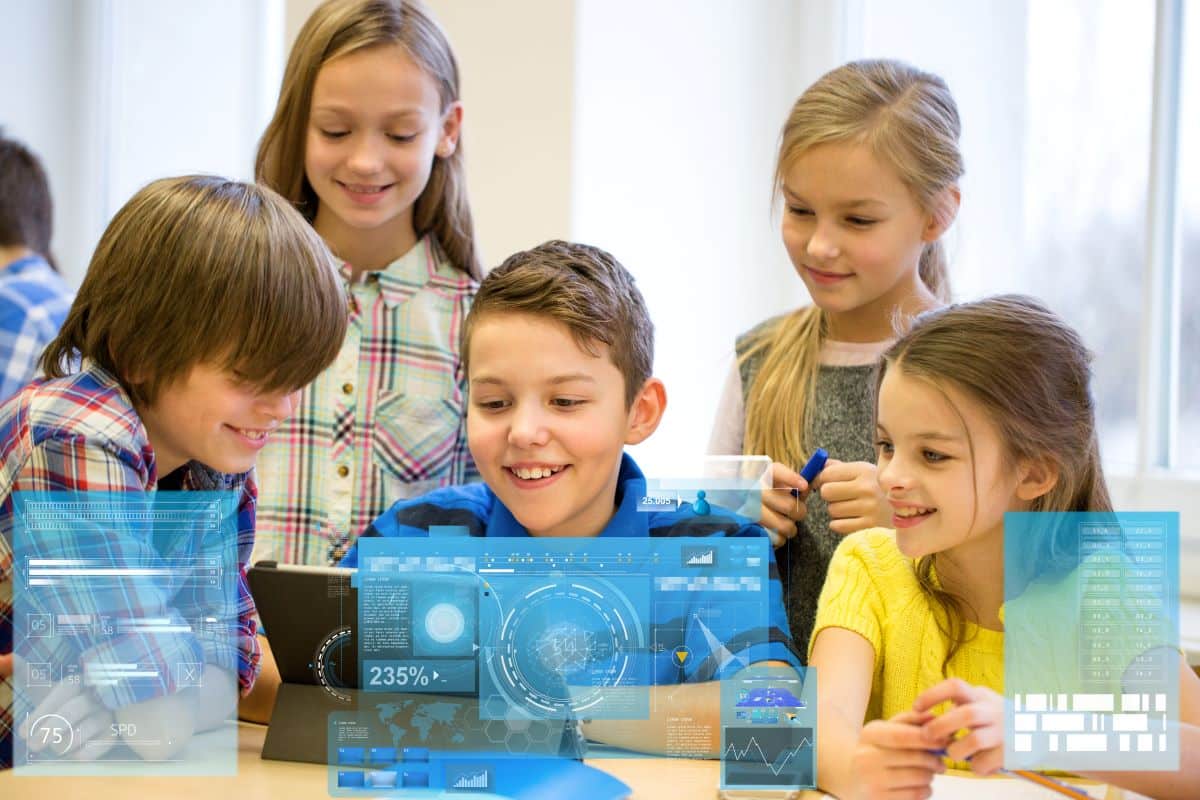Generative artificial intelligence models such as ChatGPT or Gemini have become great assistants in teaching: they propose exercises and activities for specific topics, help with correction… and even in the process of creating learning situations. Precisely to facilitate this task, INTEF has prepared a guide detailing the prompts (or instructions) that must be used to make learning situations as complete as possible. Specifically, there are 19 prompts that can be used from Primary to High School and that cover everything from the initial concept to its application in the classroom.
How prompts have been developed
INTEF has tested these prompts with different artificial intelligences, although they warn that, according to the results obtained, they work better with assistants such as ChatGPT-3.5, ChatGPT-4 and Claude. To develop them, they have based themselves on six fundamental points when developing a learning situation and which, therefore, must be taken into account to guide the AI: Definition of objectives, competences and basic knowledge. Selection of the teaching methodology. Design and development of activities adapted to the sociocultural context of the students, structured and integrating the use of technology and digital resources. Implementation of the learning situation through the preparation and organization of resources and materials, in addition to executing classroom activities under the selected methodologies. Design assessment instruments aligned with the learning objectives and implement self-assessment and continuous feedback processes to adjust teaching. Analyze the impact of the learning situation on competency development and make adjustments based on the assessment to improve future implementations.
Previous tips
Before applying the prompts, INTEF advises having the key competencies, specific competencies, evaluation criteria for specific competencies and knowledge on hand and numbered. It also recommends writing the instructions in the chatbot sequentially and in the same conversation, although not necessarily all at once, since it is possible to interrupt the process to continue with it at another time. They also indicate that the information produced by the AI should be read at all times and with special attention and not hesitate to ask for explanations and corrections for any proposal that raises doubts or is not considered appropriate. In addition, it is advisable to save the address with the complete conversation in case you need to return to it in the future to make changes or additions. The INTEF guide details in detail what to ask the AI, and in some cases additional comments are also added to better adjust the description.
Structure of prompts
The 19 prompts are divided into two sections. The first, made up of nine points, is intended for the design of the learning situation and, therefore, includes points such as raising the need to create a SDA, defining the competencies and learning objectives, specifying the evaluation criteria and methodology… The second block, on the other hand, includes the remaining 10 prompts and focuses on their specification and development: requesting the development of the activities, requesting an evaluation rubric, requesting a summary of the activity…

